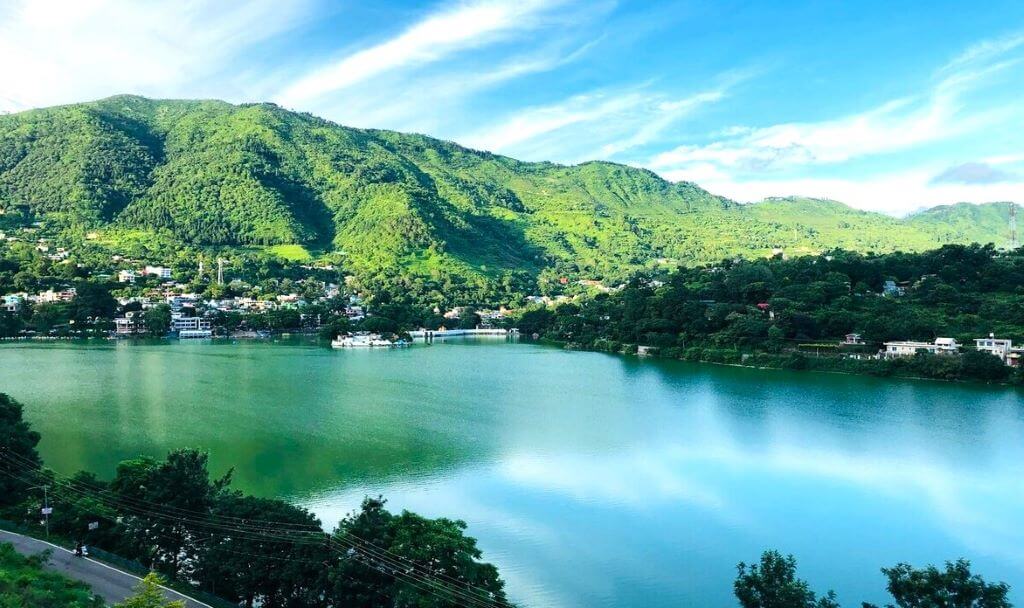India’s diverse ecosystems—from the Himalayan foothills to the coastal mangroves—host over 1,300 bird species and 400 mammal species, making it one of the world’s top wildlife destinations. Organized safaris in 100+ national parks and tiger reserves offer reliable sightings, especially during the dry season (March–June) when animals congregate at water sources. Below is a region-wise guide to flagship species, best parks, and viewing tips, based on data from the Ministry of Environment, Forest and Climate Change (MoEFCC) and recent Project Tiger reports (2022–2024).
1. Central India: The Tiger Heartland
Signature Species
- Bengal Tiger (Panthera tigris tigris): ~70 % of India’s 3,682 tigers (2022 census) live here.
- Indian Leopard (Panthera pardus fusca)
- Sloth Bear (Melursus ursinus)
- Dhole (Asiatic wild dog, Cuon alpinus)
- Spotted Deer (chital), Sambar, Nilgai, Indian Gaur (bison)
Top Parks & Zones
| Park | Core Tiger Zones | Best Months | Success Rate* |
|---|---|---|---|
| Kanha (Madhya Pradesh) | Kisli, Mukki | Mar–Jun | 75 % |
| Bandhavgarh | Tala, Magdhi | Mar–Jun | 85 % |
| Pench | Turia, Karmajhiri | Mar–Jun | 70 % |
| Satpura | Madhai (walking safaris) | Oct–Jun | Leopard 60 % |
*Success rate = % of jeep safaris reporting tiger sighting (MoEFCC 2023 data).
Tip: Book morning safaris (5:30–10:30 am); tigers are most active at dawn.
2. Rajasthan & Gujarat: Arid Icons
Signature Species
- Asiatic Lion (Panthera leo persica): Entire world population (~675) in Gir National Park, Gujarat.
- Indian Wild Ass (Equus hemionus khur): Little Rann of Kutch.
- Blackbuck, Desert Fox, Striped Hyena, Caracal (rare).
Best Parks
- Gir (Oct–Jun; lion sighting ~90 % in Devalia Safari Park).
- Ranthambore (Rajasthan): Tigers on ancient fort backdrops; also leopards, sloth bears, crocodiles.
- Desert National Park (Jaisalmer): Great Indian Bustard (critically endangered, <150 left).
3. Northeast India & Eastern Himalayas
Signature Species
- Indian One-Horned Rhinoceros (Rhinoceros unicornis): ~2,600 in Kaziranga (Assam).
- Asian Elephant, Water Buffalo, Hoolock Gibbon, Bengal Florican.
- Snow Leopard (Panthera uncia): High-altitude Hemis NP (Ladakh) & Kibber WS (Spiti).
Top Parks
| Park | Key Species | Best Season |
|---|---|---|
| Kaziranga | Rhino (95 % sighting), tiger, elephant | Nov–Apr |
| Manas | Pygmy hog, golden langur | Nov–Apr |
| Nameri | White-winged wood duck | Nov–Mar |
| Hemis | Snow leopard (camera-trap tours) | Dec–Mar |
Tip: Kaziranga’s elephant-back safaris offer close rhino views (book via Assam Tourism).
4. Southern India: Evergreen & Coastal
Signature Species
- Nilgiri Tahr (endemic mountain goat), Lion-tailed Macaque, Malabar Giant Squirrel.
- Black Panther (melanistic leopard) in Kabini/Nagarhole.
- Saltwater Crocodile, Olive Ridley Turtles (mass nesting at Gahirmatha, Odisha).
Top Parks
- Nagarhole & Bandipur (Karnataka): Elephant herds (200+), tigers, leopards.
- Periyar (Kerala): Boat safaris for otters, gaurs, rare tiger swims.
- Sunderbans (West Bengal): World’s largest mangrove forest; Royal Bengal Tigers adapted to swim (boat safaris only).
5. Birding Hotspots (300–500 species in a week)
- Keoladeo Ghana (Bharatpur): 370+ species; wintering Siberian cranes (rare), sarus cranes.
- Corbett (Uttarakhand): 600+ birds; collared falconet, great slaty woodpecker.
- Eaglenest WS (Arunachal): Bugun liocichla, Ward’s trogon.
Seasonal Calendar
| Season | Parks Open | Highlight |
|---|---|---|
| Oct–Feb | Most parks | Pleasant weather, migratory birds |
| Mar–Jun | Central & South | Peak tiger sightings |
| Jul–Sep | Limited (monsoon) | Lush greenery, fewer crowds; Periyar boat rides |
Practical Tips
- Permits: Book safari slots 120 days in advance.
- Guides: Mandatory naturalists increase sighting odds by 30 % (Corbett study).
- Ethics: Maintain 20 m distance from tigers; no flash photography.
- Gear: Binoculars (8×42), neutral clothing, mosquito repellent.
India’s wildlife tours deliver not just sightings but stories—of a tiger cooling in a lake at noon, rhinos grazing under Brahmaputra mist, or a snow leopard’s silhouette against 6,000 m peaks. With 55 tiger reserves and growing conservation budgets (₹4,000 crore in 2024), the odds of memorable encounters have never been higher. So, the next time you think about wildlife, think Vardhman Vacations.




